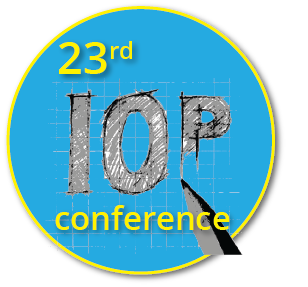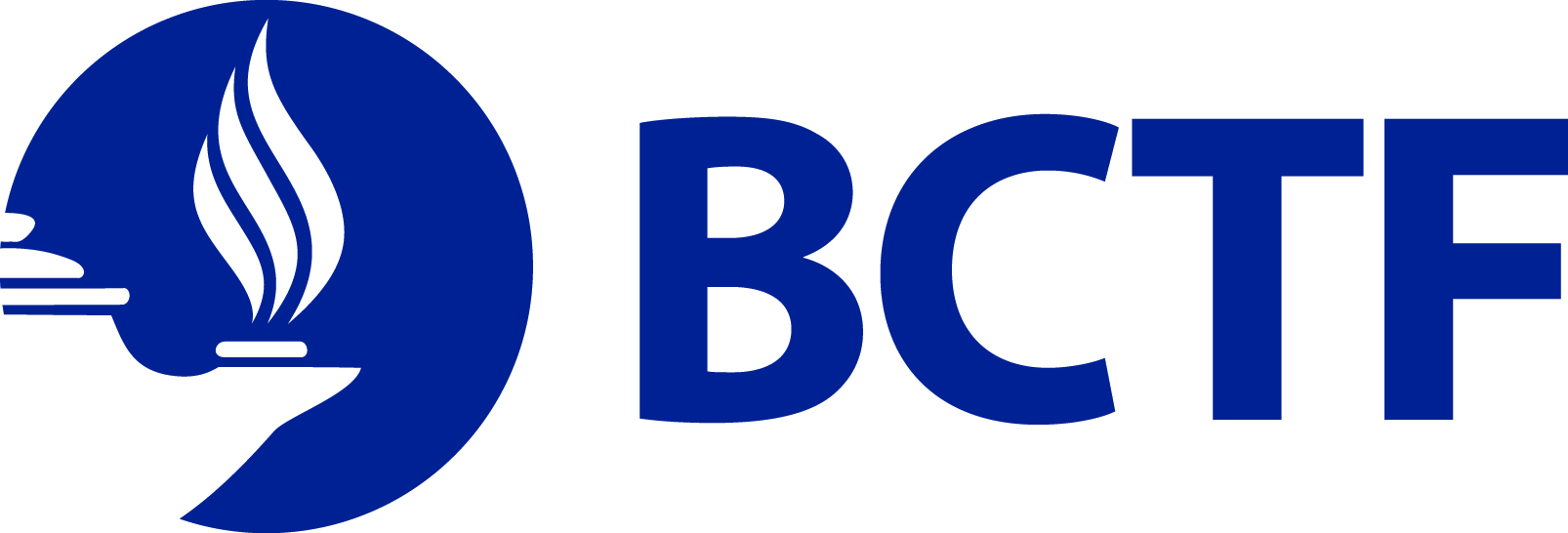Multimodality and BC’s Redesigned Curriculum
Presentation: Harini Rajagopal
Session E | 11:05 – 11:45 | Location: Room 1328
Abstract:
My interests lie in the intersection of multimodality and new ways of teaching, learning, and valuing, particularly as schools in BC are currently transitioning to a new Redesigned Curriculum (“B.C.’s Redesigned Curriculum”, 2015).
Multimodality begins with the understanding that language is just one of the communicative resources through which meaning is made, reconfigured, distributed, and interpreted (Jewitt, 2008; Kress & van Leeuwen, 2001), and that other modes like, images, drawings, gestures, sounds, music, drama, play, etc. are used to learn and express in social contexts, including classrooms.
BC’s redesigned curriculum includes updates to both content and concepts that are studied in schools and is intended to be “concept-based and competency-driven” while focusing on personalized and flexible leaning. Many of the changes interact with the multimodal complexity of learning and communication that require the ability to learn and engage in new and interactive ways, and such interactive engagement involves risks and new knowledge, for both students and educators (Dyson, 1997, 2004; Robinson, 2006).
This presentation explores whether, at this time, studying children’s multimodal communicative practices present a viable option to engage with these new ways of learning and for children to express knowledge in personal and flexible ways. Does investigating children’s diverse, flexible, and fluid communicative practices present an opportunity for both students and teachers to explore novel ways to connect content and process, to engage with the meaning and mode, and bridge various ways of doing and learning?
Multimodality also serves to recognize, highlight, and value the importance of students’ core competencies (sets of intellectual, personal, and social and emotional proficiencies) that the new curriculum states all students need to develop in order to engage in deep and life-long learning. From this perspective, multimodality and its power to engage with nuanced and affective ways of meaning making meshes well with the principles of the new curriculum. Using my presentation as a springboard, I would like to have conversations around how teachers might use multimodality as a resource, and how valuing the “diverse needs and interests of BC students” (Curriculum Orientation Guide, 2015, p.1) might look in this case.
Return to Presentation Schedule

